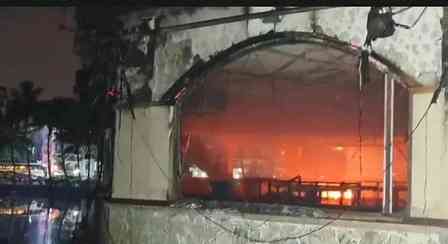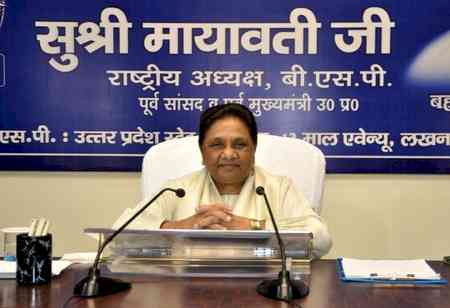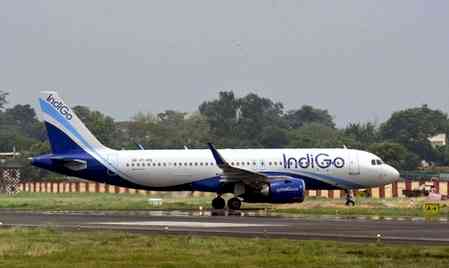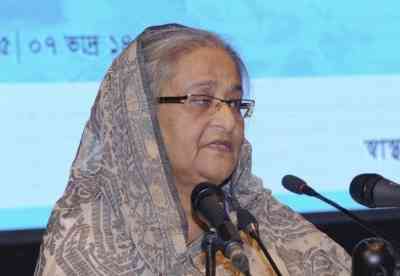As Delhi battles air apocalypse, its 13 pollution hotspots remain a worry
As the winter season descends upon the national capital with northern India and much of the subcontinent, Delhi finds itself grappling with an annual environmental challenge – air pollution.
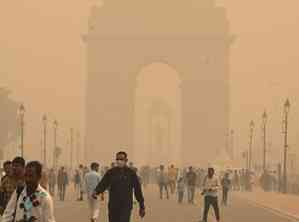
Shekhar Singh
New Delhi, Nov 11 (IANS) As the winter season descends upon the national capital with northern India and much of the subcontinent, Delhi finds itself grappling with an annual environmental challenge – air pollution.
With a recurring pattern, the city endures a challenging four-month period from October to January, marked by the pervasive presence of smoke, smog, and dust in the air.
During this time, schools and workplaces often close their doors, subjecting Delhiites to breathe what is widely recognised as the most polluted air in the world.
The Air Quality Index (AQI) serves as a stark indicator of the severity of the situation, regularly surpassing 10 times the World Health Organization's (WHO) defined "safe" limit of 60 micrograms per cubic meter of PM2.5 particles (pollutant particles under 2.5 micrometers or less).
This alarming level of pollution poses significant health risks to the city's residents.
Delhi finds itself ensconced under a thick blanket of smoke and dust, exacerbated by the characteristic winter fog that descends upon the region during the colder months of November, December, and January.
The combination of these factors gives rise to a suffocating smog that blankets the city, impacting visibility and posing a serious threat to respiratory health every year, says experts.
A recent report on Delhi's toxic air quality highlights that the drastic increase in air pollution levels in the capital cannot be attributed solely to stubble burning.
It emphasises that local factors, such as vehicle emissions, had already significantly contributed to the pollution levels in Delhi before stubble burning became a major factor.
On November 2, Delhi’s pollution level – PM2.5 concentration – saw its first huge spike of this winter season: with a sudden and staggering 68 per cent jump within 24 hours, crossing 313 microgramme per meter cube (µg/m3) which was equivalent to ‘severe+’ category as per the AQI concentration range.
Releasing a new analysis by Centre for Science and Environment (CSE) of the deadly winter pollution that has gripped Delhi-NCR these days, Anumita Roychowdhury, executive director, research and advocacy, CSE, said: “This winter season has started with a much higher pollution level compared to November last year. The combination of adverse meteorological conditions, onset of crop residue burning, and high local pollution has tilted the scale dangerously, increasing public health risk.
“Even though the overall long-term pollution curve is stable and downward, it is still significantly above the national ambient air quality standards. This demands most stringent and sustained action on vehicles, industry, energy systems and waste management across the region."
The analysis has been done by CSE’s Urban Lab, whose head Avikal Somvanshi said: “This kind of rapid build-up is not uncommon during this part of the season and is generally associated with smoke-fall from farm stubble fire and meteorological factors assisting transportation of the smoke to Delhi-NCR and topping the high local pollution.
"But it must be kept in consideration that this rapid build-up in a short time span is able to tip air quality into severe category because baseline pollution from local sources is already very high.”
According to the report, about 13 pollution hotspots that were identified in 2018-10 continue to remain a challenge, while newer hotspots are emerging as well and have proliferated.
Among all hotspots, Mundka and New Moti Bagh are the most polluted locations in Delhi with average PM2.5 levels exceeding 300 µg/m3. Most of the official hotspots of Delhi are exceeding the ‘severe’ level of pollution.
At the same time, many non-hotspots are showing higher pollution levels.
The worst polluted new hotspots in Delhi are New Moti Bagh, Nehru Nagar, Sonia Vihar and DU North Campus. Greater Noida, Noida Sector 62, Loni and Faridabad are the most polluted locations in NCR.
Roychowdhury says: “While several measures have been taken over the years to clean up fuels and technology across transport and industry sectors, and control dust sources, more action is needed at a scale and speed to address the remaining policy gaps for meeting the clean air targets. Only this can prevent building up of such smog episodes endangering public health.
“There is need for local and regional scale multi-sector action to cut emissions from vehicles, industry, power plants, waste burning, construction and dust sources. Need transformative changes in infrastructure and systems in each of these sectors."
Roychowdhury further said that there is also need for stronger control of episodic pollution like crop residue burning; stronger hyper-local action on all other pollution sources; and more effective monitoring, enforcement and compliance strategy.
(Shekhar Singh can be reached at [email protected])


 IANS
IANS 
